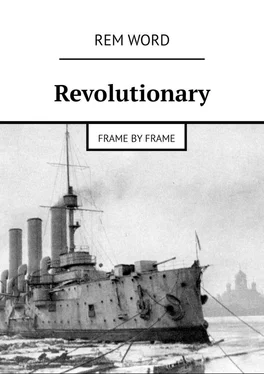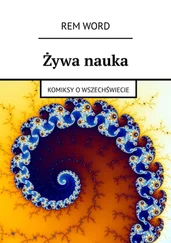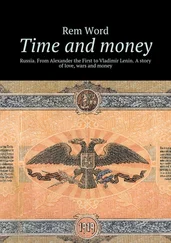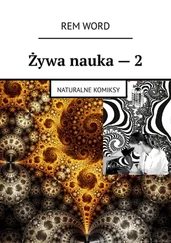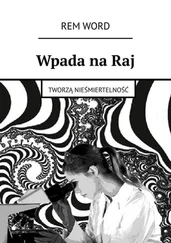Rem Word - Revolutionary. Frame by frame
Здесь есть возможность читать онлайн «Rem Word - Revolutionary. Frame by frame» — ознакомительный отрывок электронной книги совершенно бесплатно, а после прочтения отрывка купить полную версию. В некоторых случаях можно слушать аудио, скачать через торрент в формате fb2 и присутствует краткое содержание. ISBN: , Жанр: Публицистика, История, Политика, Биографии и Мемуары, на английском языке. Описание произведения, (предисловие) а так же отзывы посетителей доступны на портале библиотеки ЛибКат.
- Название:Revolutionary. Frame by frame
- Автор:
- Жанр:
- Год:неизвестен
- ISBN:9785449675361
- Рейтинг книги:4 / 5. Голосов: 1
-
Избранное:Добавить в избранное
- Отзывы:
-
Ваша оценка:
- 80
- 1
- 2
- 3
- 4
- 5
Revolutionary. Frame by frame: краткое содержание, описание и аннотация
Предлагаем к чтению аннотацию, описание, краткое содержание или предисловие (зависит от того, что написал сам автор книги «Revolutionary. Frame by frame»). Если вы не нашли необходимую информацию о книге — напишите в комментариях, мы постараемся отыскать её.
Revolutionary. Frame by frame — читать онлайн ознакомительный отрывок
Ниже представлен текст книги, разбитый по страницам. Система сохранения места последней прочитанной страницы, позволяет с удобством читать онлайн бесплатно книгу «Revolutionary. Frame by frame», без необходимости каждый раз заново искать на чём Вы остановились. Поставьте закладку, и сможете в любой момент перейти на страницу, на которой закончили чтение.
Интервал:
Закладка:
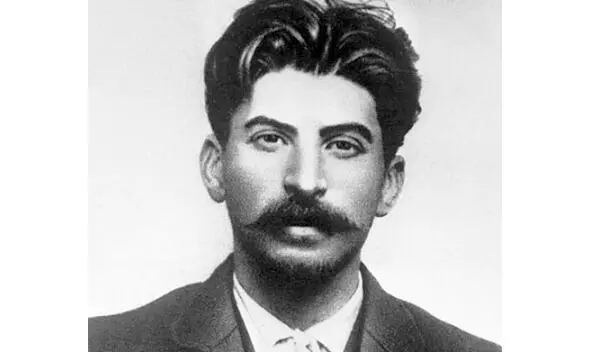
Upon exclusion from the seminary, I. Dzhugashvili receives a certificate that he has completed four classes and can work as a teacher in elementary public schools. For some time, Joseph has been working as a tutor, and even an “observer-calculator” at the Tiflis Physical Observatory. Actually, this is the entire experience of practical, generally useful work of the future leader. Even at the seminary, Dzhugashvili led the propaganda of Marxism in the workers’ circles, from a certain moment he began to receive money for it. Since 1901, now Koba (nickname – after the name of a romantic Georgian robber) goes to the illegal position. The first undertakings of the revolutionary – the publication of the newspaper “Struggle” and the organization of a large-scale strike of oil workers in Baku (1904), can be considered productive. Since 1903, the time of the Second Congress of the RSDLP, Stalin is a recognized revolutionary, now a “Bolshevik”, and spends most of his time abroad. Foreign voyages alternate with links – by the standards of the Stalinist GULAG “childish,” a few months a year, with the ability to run whenever they like. In 1906, Dzhugashvili was apprehended by a tragedy – the death of his wife, Catherine (Svanidze), from typhus, 8 months after the marriage. The personality of a revolutionary undergoes irreversible changes to excessive rigidity and asceticism. The son, Jacob, later nicknamed Stalin’s “Teen Wolf”, was raised by his mother’s sister until 1921. In March 1917, under a general amnesty from the organizers of the February Revolution, Stalin arrives in St. Petersburg
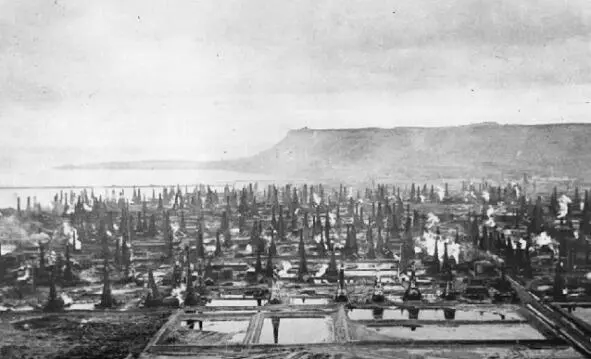
At the beginning of the twentieth-century turbulent exhaust gas, 95% of Russian and more than 50% of global oil production falls on Baku. The tycoons registered in Russia – Nobili, Rothschilds, Mantashevs (Russians of Armenian descent), make huge profits. Sometimes they donate to theaters and museums, but the “simple man” is outside the scope of their understanding. Meanwhile, the salary of a worker does not reach the ruble a day, he has to work and live in terrible conditions. The photograph depicts something resembling the landscape of Mordor – a forest of oil rigs and swamps of earthen tanks filled with oil. The wells are poisoned. For drinking you have to collect rainwater. Unpaid overtime work, 12—15 hour working day, endless fines, dwelling-barracks with rooms for 80 people. Such a tremendously low level of life, on the one hand, devalues life, on the other hand, makes possible the solidarity of representatives of thirty nationalities, ensures readiness for struggle. … Cossacks called by the authorities dispersed a 40,000-strong mob, killed 8 and wounded 40 workers. Workers, in turn, are detrimental to businesses. In the end, the first collective agreement is drawn up in Russia. A 9-hour working day is established, wages are raised to one ruble. Such a thing as a four-day paid vacation is realized as something fantastic before. The tsar’s reaction is interesting, according to one of the government documents: “… the pliability shown by the oil owners… drew the attention of his imperial majesty the sovereign emperor, since this compliance may have extremely adverse consequences on other factory and factory districts”

N-Japanese war of 1904—1905 becomes the catalyst for many subsequent revolutionary events. The initial psychological reason for the confrontation with the ambitious Eastern Power is as follows. During a trip to Japan, Nicholas II receives saber blows from a samurai, who believes that excessive honor is given to a foreign emperor. The attacker dies three months after the sentence is pronounced (life imprisonment), but the monarch harbors a fierce grudge against all Japanese. The external reason is the unrestrained advance of the Russian troops in Korea, the construction of military fortifications, contrary to the treaties with Japan. In addition, the intention of the samurai to saddle the 450 millionth China and lay the foundation of the world superpower with unclear objectives, causes the desire to somehow stop them. Before that, in the First Japanese-Chinese War, as well, for control over Korea, the Japanese gain experience in waging war at sea with armored ships. In the autumn of 1894, a battle will take place at the mouth of the Yalu River (north-west coast of Korea), with approximately equal forces (12 and 18 pennants, respectively). Japan has 4 ships seriously damaged, 100 people killed. China loses 5 sunk cruisers, and 650 sailors. The Qing Empire wins the battle – drives the Japanese squadron away from the transport ships. However, fearing new demoralizing losses, the government of the Celestial Empire forbids the fleet to go to sea. In early 1895, the battle for Weihaiwei (now the administrative district of the PRC) will take place. The Japanese attack the surrounded Chinese fleet (27 pennants, two battleships of Italian construction), destroy it completely, together with 2000 sailors, losing 200 fighters and 2 destroyers. A serious shortcoming of the Chinese fleets is the lack of high-explosive fragmentation projectiles. Available armor-piercing pigs inflict minimal damage to the enemy. Russian officers do not bother themselves with a detailed analysis of instructive battles of the “Asian powers”. The photo shows a map of the alignment of forces and major battles of the Russo-Japanese War
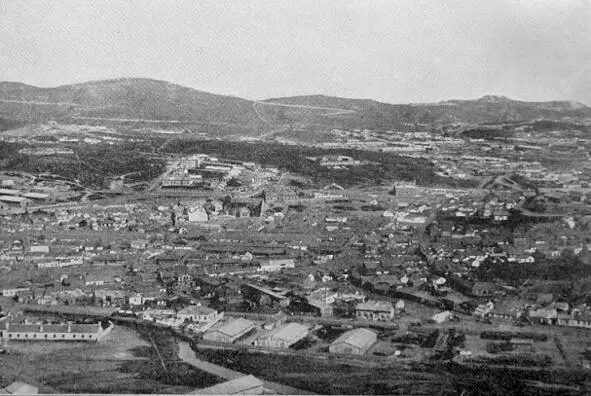
Port Arthur is an important Russian naval base in China. Photograph of 1904. During the First Japanese-Chinese War of 1894, the city was captured, and Japanese troops showed incredible cruelty to civilians. A year later, at the request of the Russian empire patronizing China, Japan returns the territories. But, from this time on, the Japanese harbor anger toward Russia. The militarization of the Land of the Rising Sun is gaining an incredible scale. It should also be noted that in 1867 Japan successfully carried out the Meiji restoration (the westernization of society). If at one time American Indians would have done social and technical changes according to the progressive European model, then the presidents, or indeed, the leaders of North America, would now be Vinita and Chinganchguky. Unlike the Iroquois and Sioux, samurai find the strength to change in order to remain themselves. In 1897, by the sole decision of Nicholas the Second, contrary to the resolution originally agreed upon with Witte (to leave friendly China alone), a Russian squadron was advanced to Port Arthur. The ruling dynasty is unable to resist the invasion. The self-rule of the king does not benefit the relations of the two great powers. Since 1901, Russia has received a completely rebuilt military base on the part of the planet where serious passions are boiling, and where the interests of the Russian people themselves are viewed the least
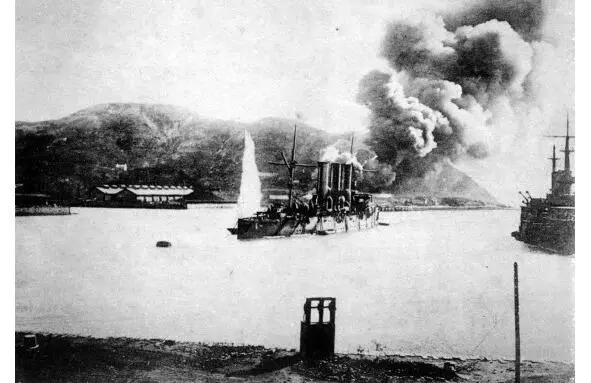
On the night of February 9, 1904, without waiting for the government of Nicholas II to clarify the reasons for the deployment of Russian garrisons in Korea under the guise of foresters, despite the agreement, and not listening to the assurances in the style of “They-there-no,” Japan begins the war. Two days later, diplomats from the Land of the Rising Sun officially report on the state of affairs. Photography – shelling of the Russian fleet in Port Arthur, from the dominant heights. I must say that four out of every five 11-inch Japanese shells do not explode. This and other factors allow the Port Arthur garrison to last 320 days. The irretrievable loss of Russia – 10 thousand people, 23 thousand prisoners, Japan – 35 thousand dead
Читать дальшеИнтервал:
Закладка:
Похожие книги на «Revolutionary. Frame by frame»
Представляем Вашему вниманию похожие книги на «Revolutionary. Frame by frame» списком для выбора. Мы отобрали схожую по названию и смыслу литературу в надежде предоставить читателям больше вариантов отыскать новые, интересные, ещё непрочитанные произведения.
Обсуждение, отзывы о книге «Revolutionary. Frame by frame» и просто собственные мнения читателей. Оставьте ваши комментарии, напишите, что Вы думаете о произведении, его смысле или главных героях. Укажите что конкретно понравилось, а что нет, и почему Вы так считаете.
